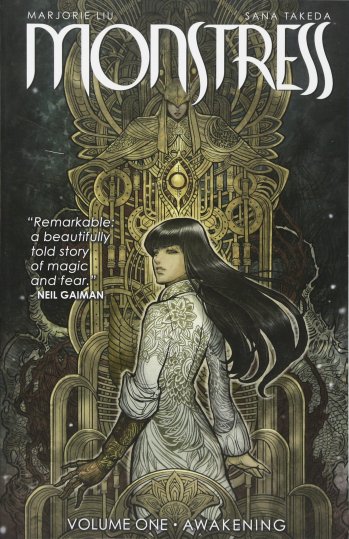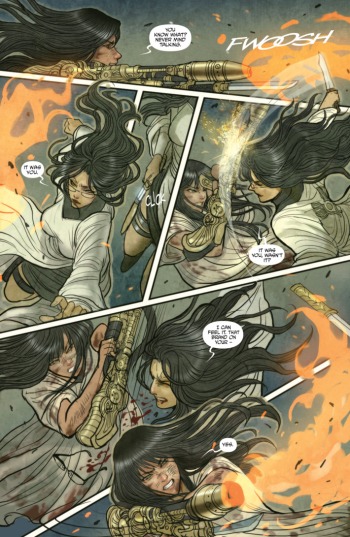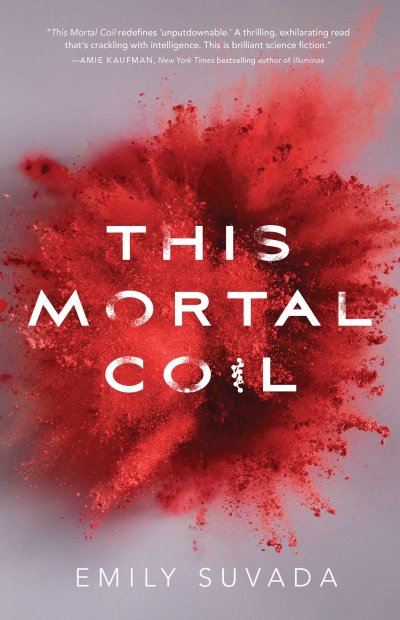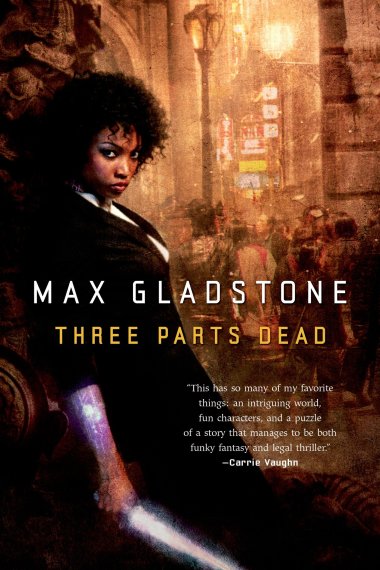Let’s start with the end of the world, why don’t we? Get it over with and move on to more interesting things.
NK Jemisin’s The Fifth Season has been on my radar since I read her Hundred Thousand Kingdoms a couple years back. Every time I was in Powell’s, I’d pick up Fifth Season and admire the cover, noting its Hugo Award sticker before sliding it back into place on the shelf. I saw that the sequel, The Obelisk Gate, won the Hugo for Best Novel in 2017 and knew I would eventually add these books to my collection. And when Jemisin won her third consecutive Hugo for Best Novel earlier this year with the third and final book in the trilogy, The Stone Sky, I knew I had to get my hands on these books.
Luckily, the publisher, Orbit, provided some book bloggers with free copies of the books to celebrate Stone Sky‘s historic win. I was given these books in exchange for an honest review; I am not sponsored, nor was I instructed on how to review the books. This review is 100% my personal opinion. And my personal opinion of this book is that it’s amazing.
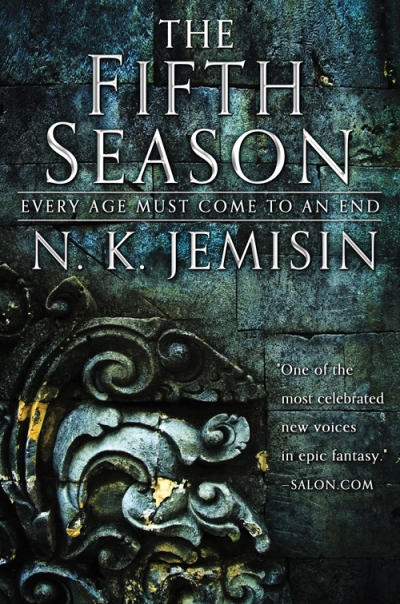
The first line, shown at the beginning of this post, immediately caught my attention and flagged this book as a daring enterprise undertaken by an unflinching author. Jemisin employs techniques that would send a writing workshop student back to the drawing board; in her hands, the second-person point of view, the nontraditional sentence structures, and the alternating perspectives work alongside the rich worldbuilding and vibrant, flawed characters to create a truly magical work of art. The style of prose in Fifth Season is at once uniquely Jemisin’s and evocative of Ursula K. Le Guin’s work (yes, I know that’s high praise; I mean it). It is literary, it is entertaining, it is agonizingly good.
Despite sharing an inciting incident with a significant number of science fiction and fantasy media (the apocalypse), The Fifth Season never felt overdone, archetypal, reused, or expected. This stunning and imaginative book strikes at the heart of speculative fiction: this is what the genre should be. This is what it is, now. Fifth Season doesn’t redefine the genre so much as clarify it, focus it into a distilled and pure version of itself. It’s everything I want in a spec fic title: an interesting magic system, fleshed out characters, explorations of different societal structures, multifaceted sexualities and identities, and more.
The phrase “instant classic” gets thrown around a little too much, in my opinion, but it has never been so true than for this book. I fully believe NK Jemisin is one of the best writers of our time—maybe of all time—and that Fifth Season should be strongly encouraged reading for anyone even marginally interested in speculative fiction. This book is incredible, and I can’t wait to start Obelisk Gate.
If I had to nitpick, my one criticism would be that some character detail is a little sparse; the point-of-view characters don’t get too much time devoted to their appearances, whereas many side characters get full descriptions. But it’s such a minor detail overshadowed by my overwhelmingly positive feelings toward this book that it doesn’t matter.
I’d give this book a thousand gold stars if I could, but a perfect 5/5 will have to do.
